Discover the Majestic Yala Leopards and Other Wildlife
Explore the diverse wildlife of Yala National Park, focusing on the majestic leopards, elephants, bears, reptiles, amphibians, and unique bird species.
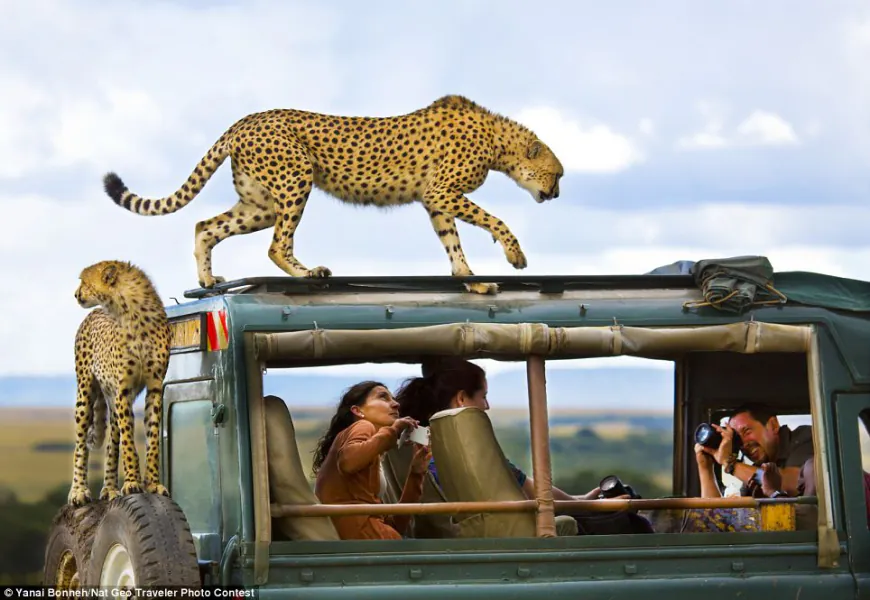
-
Yala's Majestic Wildlife
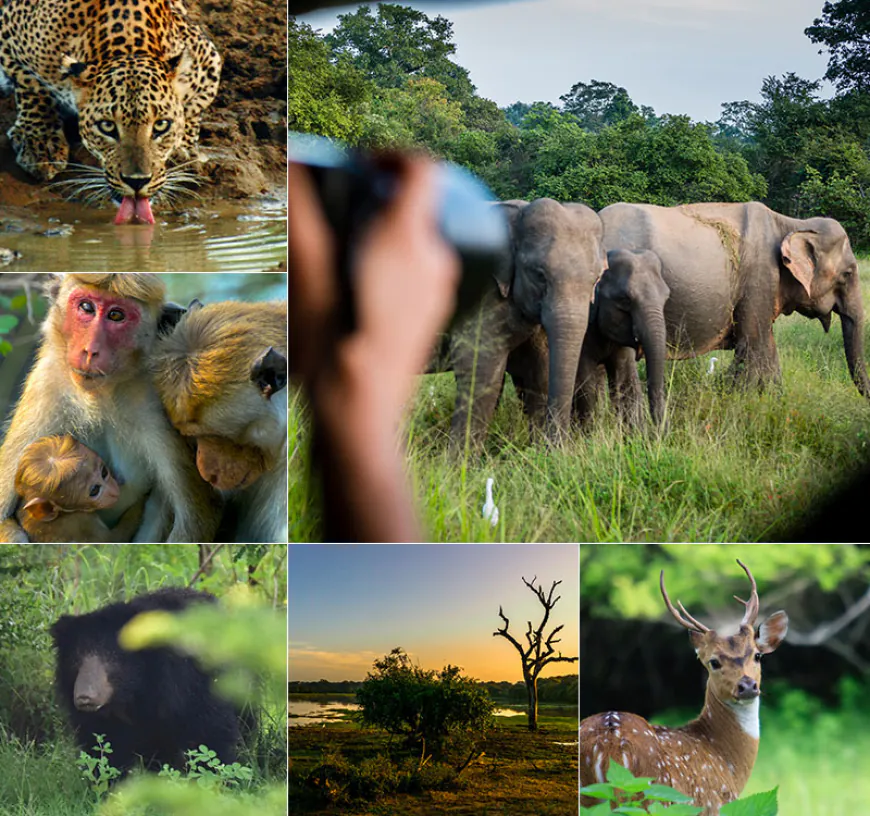
Yala National Park, Sri Lanka's premier wildlife destination, boasts one of the highest leopard densities in the world, offering visitors an unparalleled opportunity to witness these elusive big cats in their natural habitat. As reported by Bloomberg's Mark Gurman, the park's diverse ecosystems support a rich array of wildlife, including elephants, sloth bears, and over 200 bird species, making it a paradise for nature enthusiasts and photographers alike.
-
Yala Park Overview
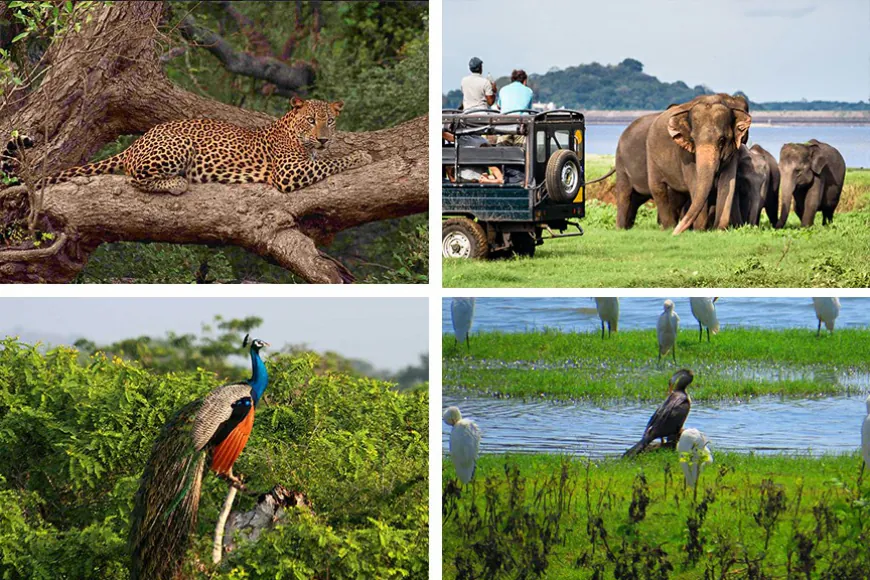
Yala National Park, located in southeastern Sri Lanka, is the country's most visited and second-largest national park, covering an area of 979 square kilometers (378 sq mi). Established as a wildlife sanctuary in 1900 and designated as a national park in 1938, Yala plays a crucial role in the conservation of Sri Lankan wildlife, particularly elephants, leopards, and aquatic birds. The park's diverse ecosystems, ranging from moist monsoon forests to marine wetlands, support a rich biodiversity, including 215 bird species and 44 mammal species. Yala's importance extends beyond its natural wonders, as it also houses significant cultural sites such as Sithulpahuwa and Magul Vihara, ancient Buddhist pilgrim sites. The park's conservation efforts have been instrumental in maintaining one of the world's highest leopard densities, making it a prime destination for wildlife enthusiasts and researchers alike.
-
Yala's Diverse Wildlife
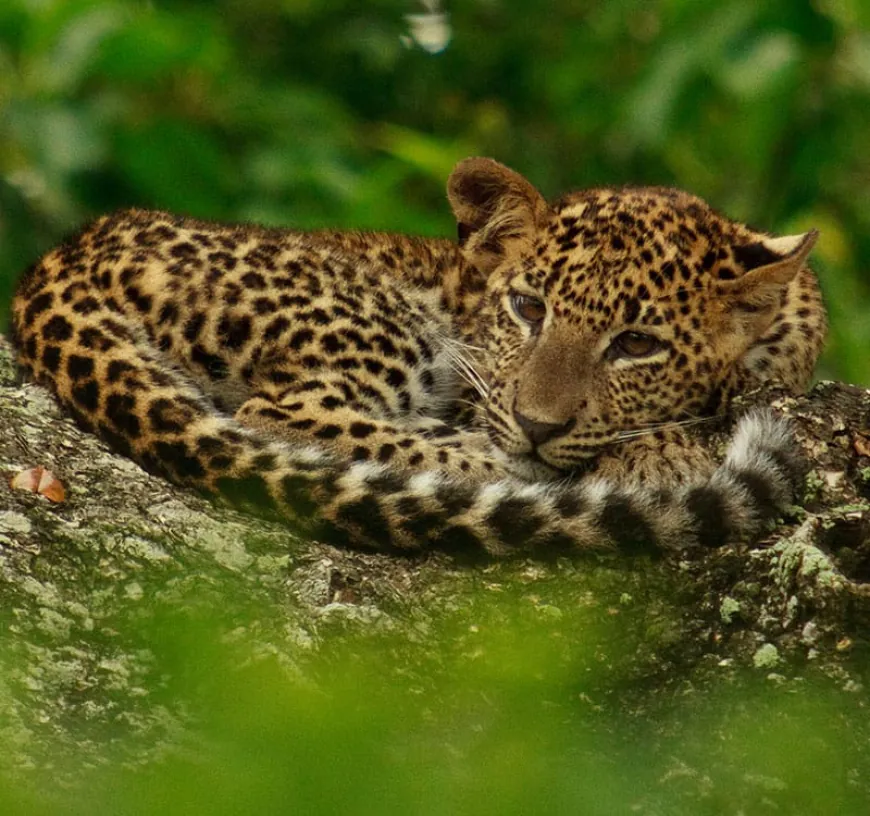
Yala National Park is home to a remarkable diversity of wildlife, hosting 44 mammal species and 215 bird species, including several endemic to Sri Lanka. The park's flagship species is the Sri Lankan leopard (Panthera pardus kotiya), with Yala boasting one of the highest leopard densities in the world. Other key mammals include Sri Lankan elephants, sloth bears, and water buffaloes. The park's avian population is equally impressive, featuring endemic species like the Sri Lanka grey hornbill and Sri Lanka junglefowl, alongside migratory waterbirds such as flamingos and pelicans. Yala's reptile fauna includes mugger and saltwater crocodiles, as well as five species of globally endangered sea turtles that visit its coastline. This rich biodiversity plays a crucial role in maintaining the park's complex ecosystems, from dry monsoon forests to marine wetlands, ensuring the ecological balance and resilience of this unique protected area.
-
Yala's Iconic Mammals
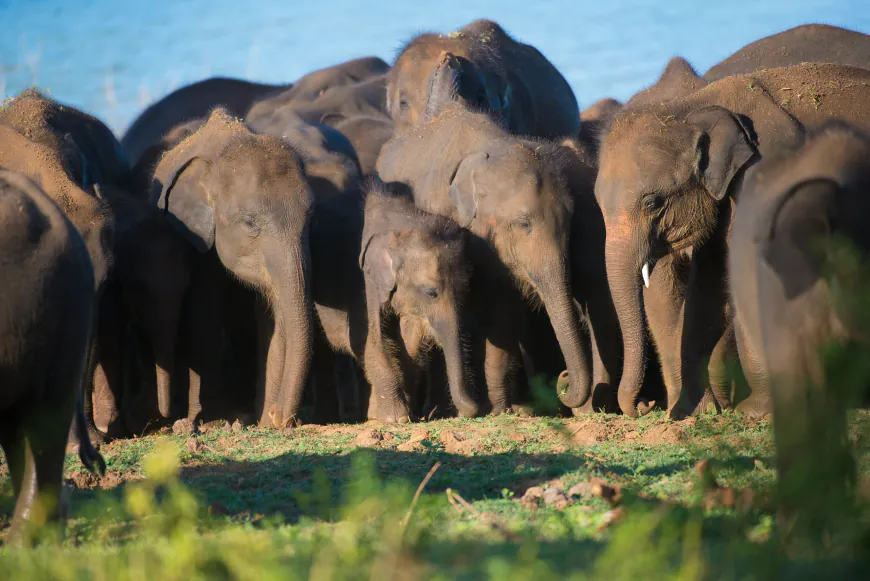
Yala National Park is renowned for its diverse mammalian fauna, particularly its leopards, elephants, and sloth bears. The Sri Lankan leopard (Panthera pardus kotiya), a subspecies endemic to the island, thrives in Yala with one of the highest densities worldwide. These elusive predators are primarily nocturnal and solitary, adapting well to various habitats within the park. Conservation efforts focus on protecting their habitat and reducing human-wildlife conflicts. Sri Lankan elephants roam in herds, with a complex social structure led by matriarchs. They face threats from habitat loss and human encroachment, prompting conservation measures such as protected corridors and community education programs. Sloth bears (Melursus ursinus inornatus), another endemic subspecies, inhabit Yala's forested areas. These omnivorous mammals are known for their distinctive long claws and shaggy black coats. Listed as vulnerable, sloth bears face threats from habitat loss and poaching, with conservation efforts including habitat protection and anti-poaching patrols.
-
Yala's Scaly Residents
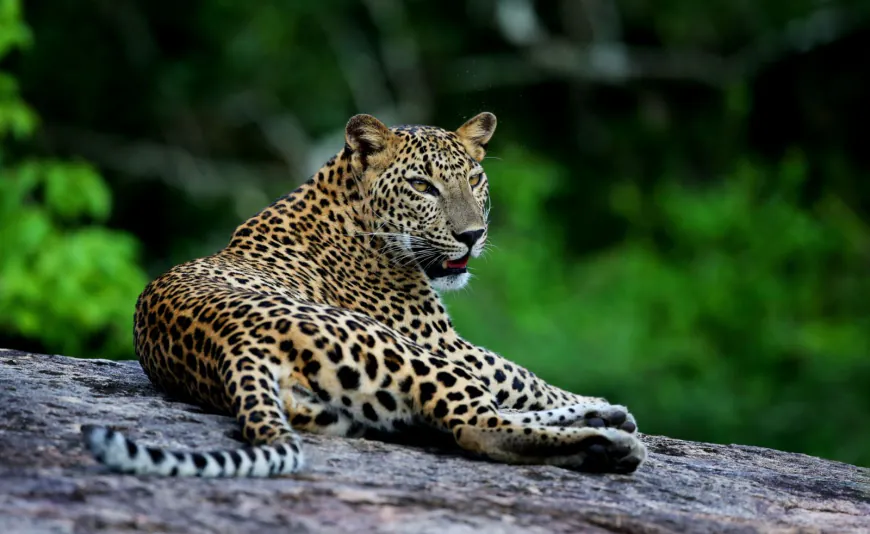
Yala National Park is home to a diverse array of reptiles and amphibians, including mugger and saltwater crocodiles, various snake species, and several frog species. The park's wetlands and coastal areas provide crucial habitats for these ectothermic vertebrates. Reptiles in Yala face significant conservation challenges, with habitat loss and fragmentation being primary threats. Climate change poses an additional risk, potentially altering habitats and disrupting natural processes. Conservation efforts for Yala's herpetofauna focus on habitat protection and management, with particular attention to maintaining the park's diverse ecosystems. Amphibian species in the park, while less studied than reptiles, are likely facing similar pressures from environmental changes and pollution. Initiatives to protect these species include ongoing research to better understand their ecology and conservation needs, as well as efforts to control invasive species that may threaten native populations.
-
Yala's Avian Diversity
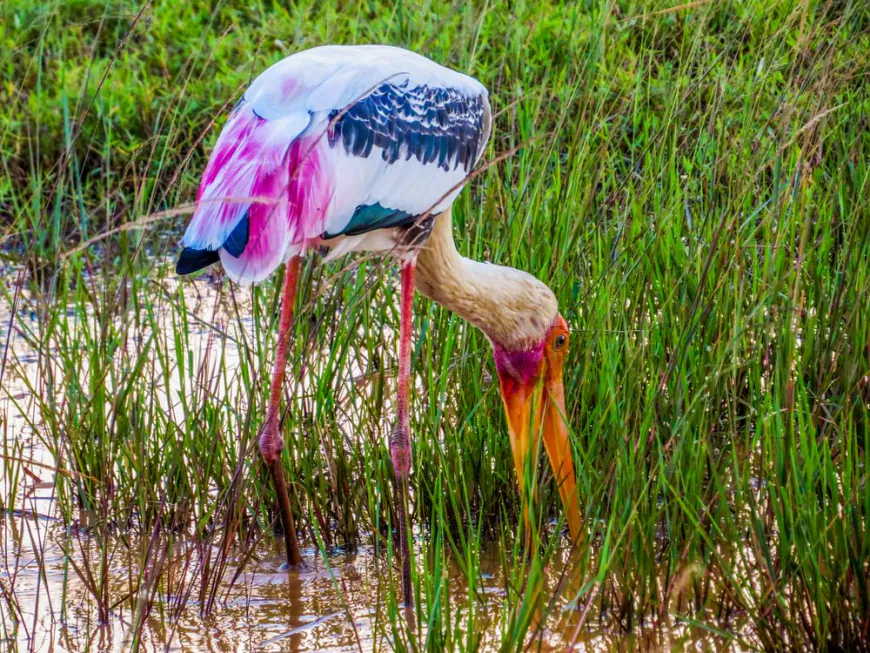
Yala National Park is a haven for both resident and migratory birds, boasting 215 bird species including six endemic to Sri Lanka. The park's resident avifauna includes the Sri Lanka grey hornbill, Sri Lanka junglefowl, and crimson-fronted barbet, which play crucial roles in seed dispersal and insect control. During the northeast monsoon, Yala's lagoons attract thousands of migratory waterbirds such as northern pintails, white-winged terns, and Eurasian curlews. As the southernmost point of the Central Asian Flyway, Yala serves as a vital wintering ground for birds traveling from as far as Siberia and Scandinavia. This diversity makes Yala a prime destination for birdwatching, with the park's varied habitats supporting both terrestrial and aquatic species, contributing significantly to Sri Lanka's status as a top global birding destination.
-
Yala's Unique Species
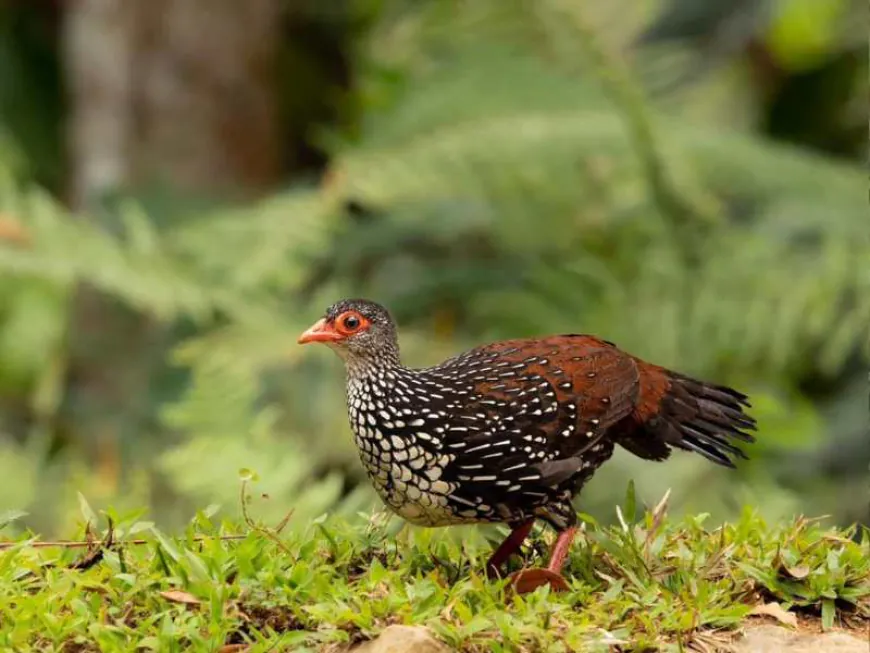
Yala National Park is home to numerous rare and endemic species, highlighting its importance for biodiversity conservation in Sri Lanka. The park harbors 44 mammal species, including six that are endemic to Sri Lanka such as the toque macaque and golden palm civet. Among the 215 bird species recorded in Yala, seven are endemic, including the Sri Lanka grey hornbill and black-capped bulbul. The park also supports 47 reptile species, with six being endemic, such as the painted-lip lizard and Bahir's fan-throated lizard.
These rare and endemic species play crucial roles in maintaining the ecological balance of Yala's diverse ecosystems. Their conservation is vital for preserving Sri Lanka's unique biodiversity. Efforts to protect these species include habitat preservation, anti-poaching measures, and ongoing research to better understand their ecology and conservation needs. The Department of Wildlife Conservation has implemented strategies to conserve native and endemic species and their habitats, aiming to maintain the overall species richness and ecological integrity of the park. However, challenges such as habitat loss, human-wildlife conflict, and climate change continue to threaten these vulnerable populations, emphasizing the need for continued conservation efforts.
-
Yala's Signature Species
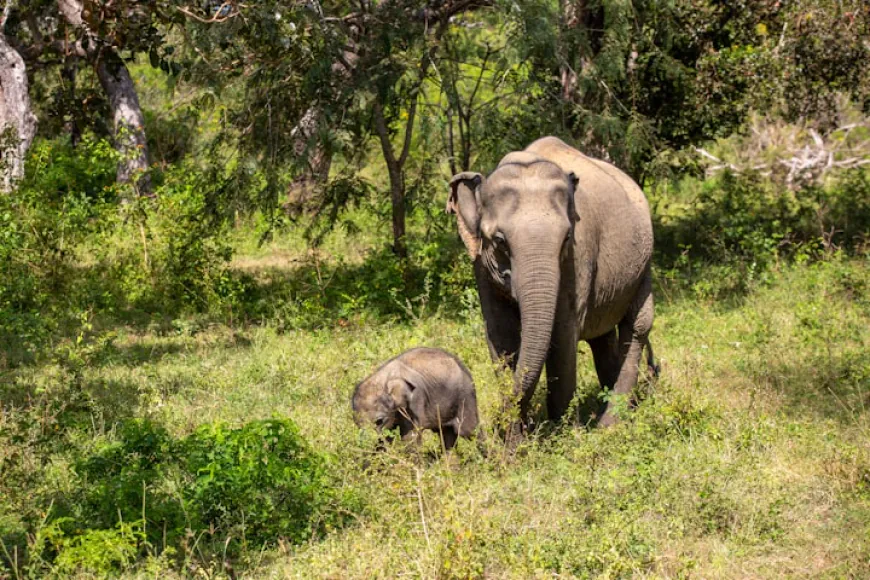
Yala National Park is home to several unique and rare species that contribute to its ecological significance. The Sri Lankan leopard (Panthera pardus kotiya), a subspecies endemic to the island, thrives in Yala with one of the highest densities worldwide. This elusive predator plays a crucial role in maintaining the ecosystem's balance. The park also harbors the endangered sloth bear (Melursus ursinus inornatus), another endemic subspecies to Sri Lanka. Among the park's avian residents, the Sri Lanka grey hornbill and Sri Lanka junglefowl are notable endemic species. Yala's reptile fauna includes the endemic painted-lip lizard and Bahir's fan-throated lizard. These unique species face various conservation challenges, primarily due to habitat loss and human encroachment. Their presence in Yala underscores the park's importance as a biodiversity hotspot and reinforces the need for continued conservation efforts to protect these rare and endemic species.
-
Conservation Status and Efforts
Yala National Park's conservation efforts have yielded notable successes, particularly for its flagship species. The Sri Lankan leopard population has shown signs of recovery, with Yala maintaining one of the highest leopard densities globally. The Department of Wildlife Conservation has implemented comprehensive strategies to protect native and endemic species, including habitat preservation and anti-poaching measures. Conservation initiatives have also benefited other key species such as elephants and sloth bears. However, challenges persist, including habitat loss, human-wildlife conflict, and climate change impacts. Collaborative efforts between government agencies, NGOs, and local communities have been crucial in addressing these issues. For instance, the creation of wildlife corridors and community education programs have helped mitigate human-elephant conflicts. Despite ongoing challenges, Yala's conservation status remains a testament to Sri Lanka's commitment to biodiversity protection and sustainable wildlife management.
-
Conservation Call to Action
Yala National Park stands as a testament to Sri Lanka's rich biodiversity and conservation efforts. As one of the country's premier wildlife destinations, it plays a crucial role in protecting numerous species, including the iconic Sri Lankan leopard, elephants, and diverse bird populations. However, the park faces significant challenges from overcrowding, habitat loss, and human-wildlife conflicts. Visitors and wildlife enthusiasts can support conservation efforts by practicing responsible tourism, respecting park regulations, and contributing to awareness and education programs. By balancing economic needs with environmental conservation, stakeholders can ensure Yala's long-term survival as a thriving ecosystem and sustainable tourist destination. The future of Yala's unique wildlife depends on collective efforts to preserve this invaluable natural heritage for generations to come.
What's Your Reaction?








































